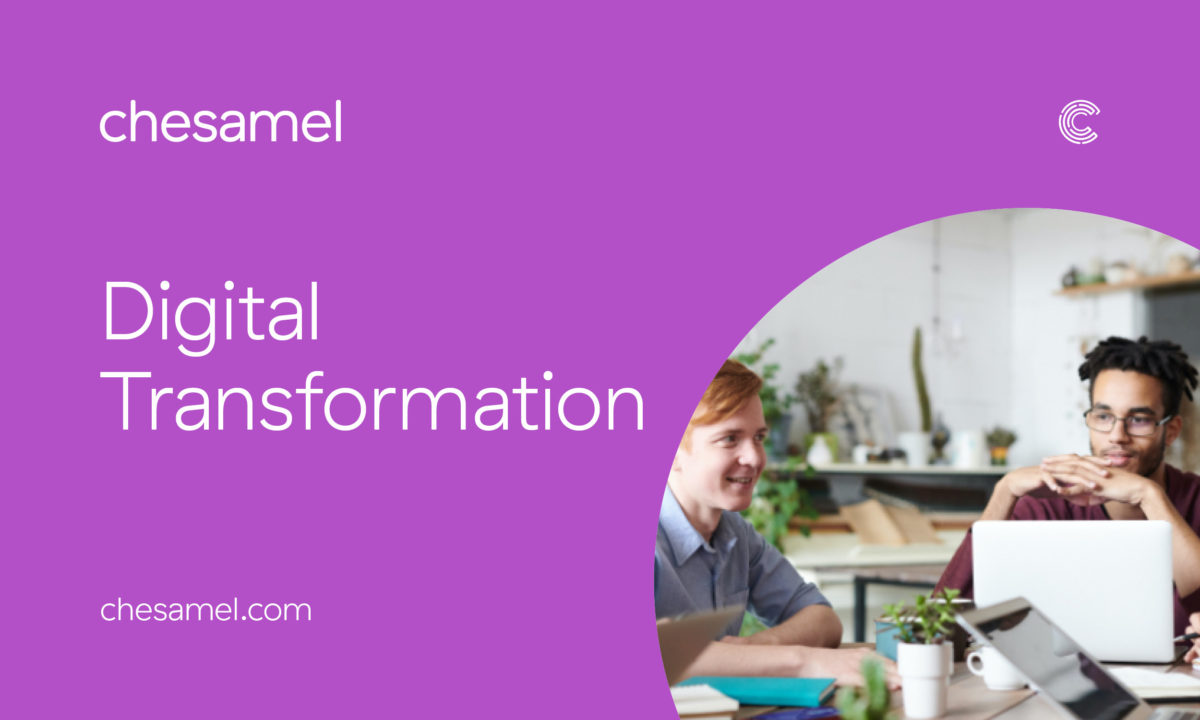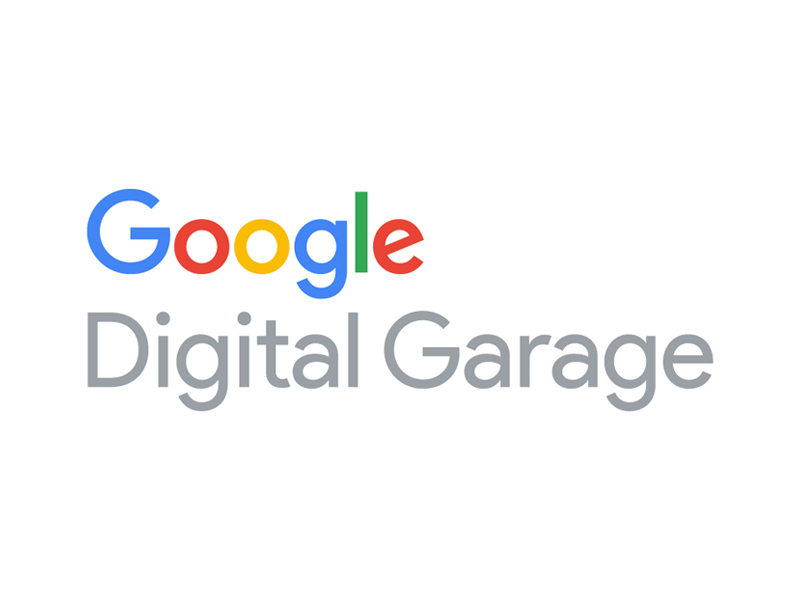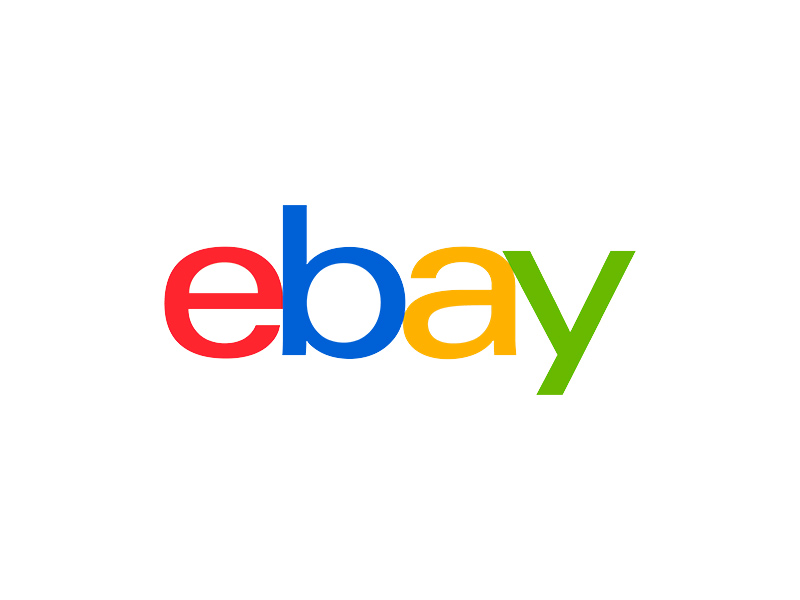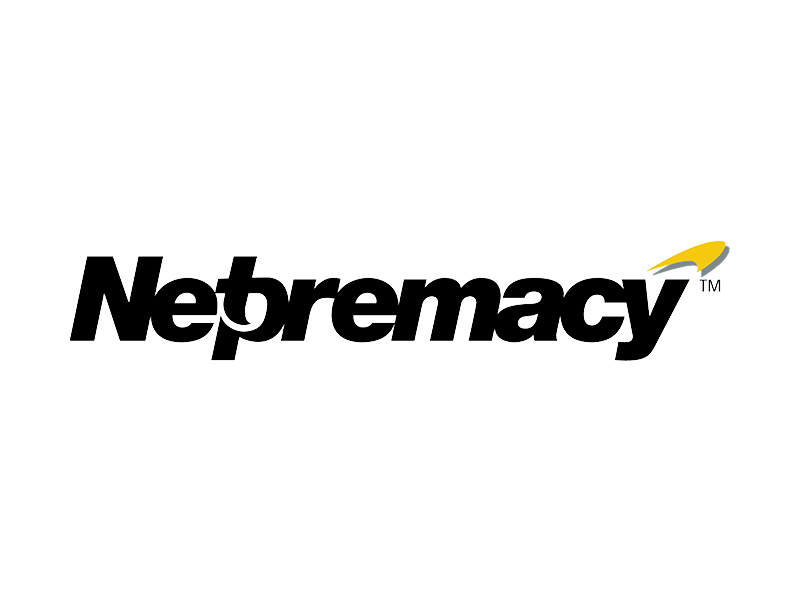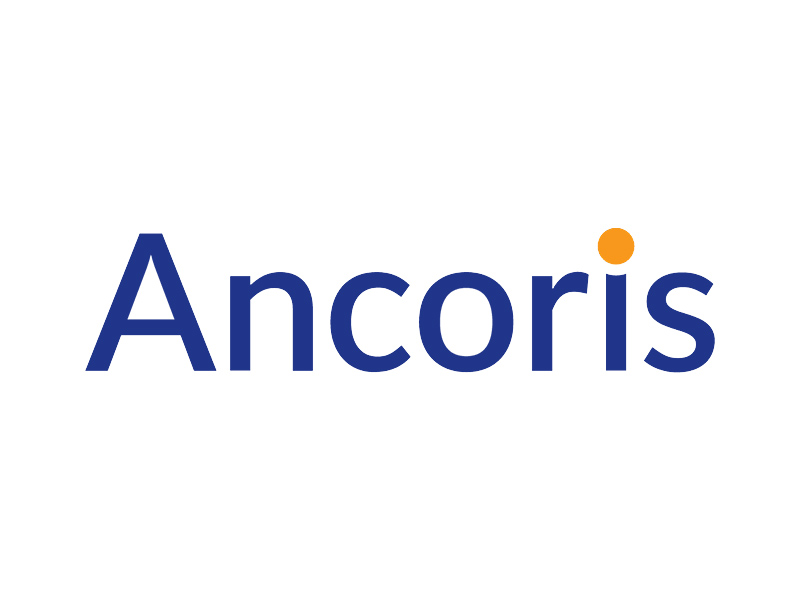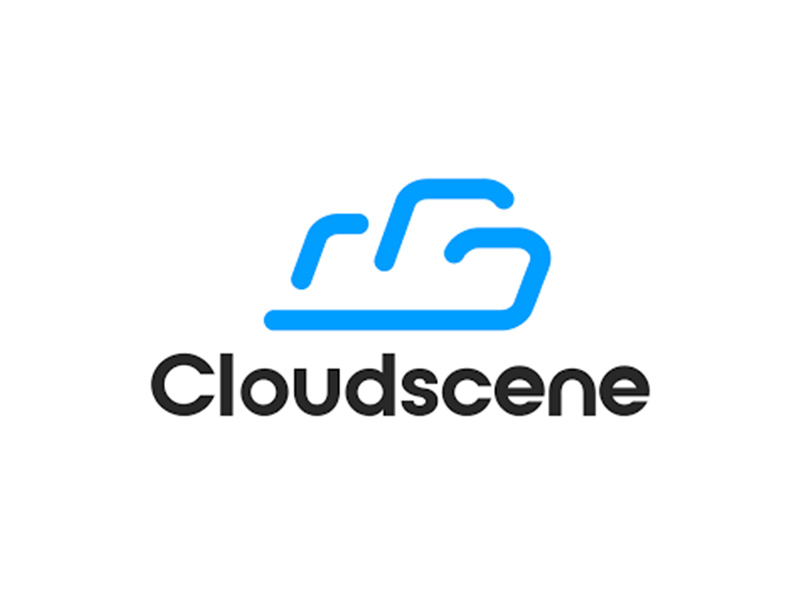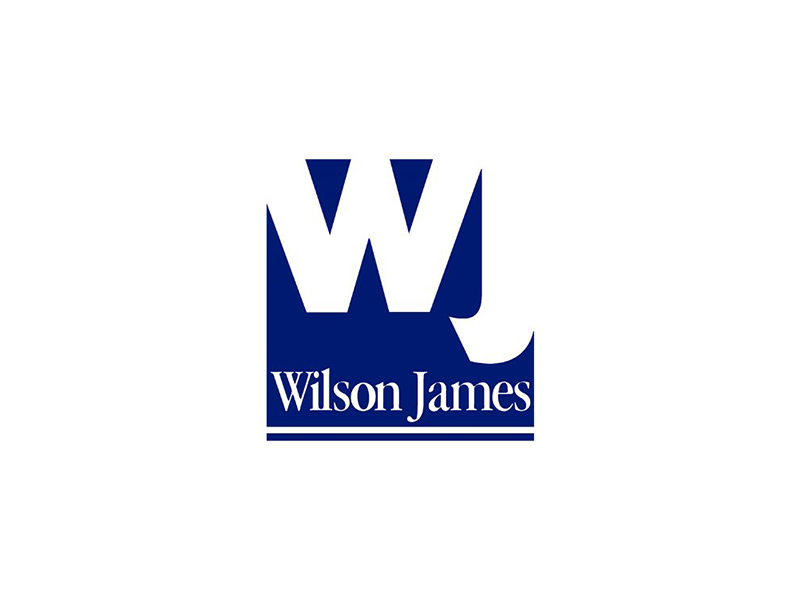Guest Blogger, Grant Reilly: “Grant is a Chartered Marketer and communications professional with a passion for branding and creating engaging content that adds value to the customer experience and has a positive impact on society. He also has 15 years’ leadership and management experience of high performing communications teams within the Sport, Charity, Public Sector, Higher Education and Recruitment sectors.”
The saying goes “The customer is King!”, however, the questions remain “who are your customers and who is most important?”.
Essentially there are only two types of customer:
External Customers – the people who buy and consume your products and services.
Internal Customers – the people within your organisation who contribute to the delivery of your products and services.
It’s true that without external paying customers you wouldn’t have anyone to buy your products or services and therefore you wouldn’t have a business. However, without internal customers (your employees) you wouldn’t have products or services to offer in the first place.
Why then, might you see internal customers as the most important?
Employees are an organisation’s most significant asset for two main reasons:
- They’re a critical resource. Among your workforce, you will have your top talent, and it’s these people who will create and lead the delivery of your products and services.
- They’re ambassadors for your organisation and brand. The way they represent your organisation to external customers is critical to its success.
![]()
To get the best from your internal customers, it’s essential that you:
- Treat them with respect.
- Be accessible, listen to them and encourage them to contribute to organisational success.
- Communicate with them, so they are kept informed, know their objectives and how they contribute to overall organisational strategy. Reinforce the consistency of your messages through multiple touch points to ensure all staff can be engaged with. This could be a staff intranet, weekly email updates, printed information throughout facilities or communicate with them face to face (where possible) to build positive relationships and trust.
- Empower and trust them to do the roles they have been recruited to do. Delegate responsibility, give them ownership and make them accountable.
- Recognise and reward them. This doesn’t always have to be financially, often giving recognition and celebrating their successes is good enough to encourage loyalty.
- Organisations that invest resource (strategy, time, systems and processes) into their internal customers will reap the rewards from external customers as their products, services and marketing communications will satisfy external customer needs and add the most value to your customer experience.
With the evolution of digital technologies, improving internal communications has become far more accessible and cost-effective to implement. This could also help to improve employer branding I’ve successfully used various digital platforms including Office 365 (SharePoint, OneDrive and Yammer), Google Drive, Hootsuite, Slack and Workplace by Facebook to increase engagement with staff across large, multi-site organisations. This enables us to create contributing communities and centralised communications, maximising engagement with internal customers, which in turn has a positive effect on external customers. You need to identify the most suitable platform that offers a scalable solution for your internal customers’ needs.






